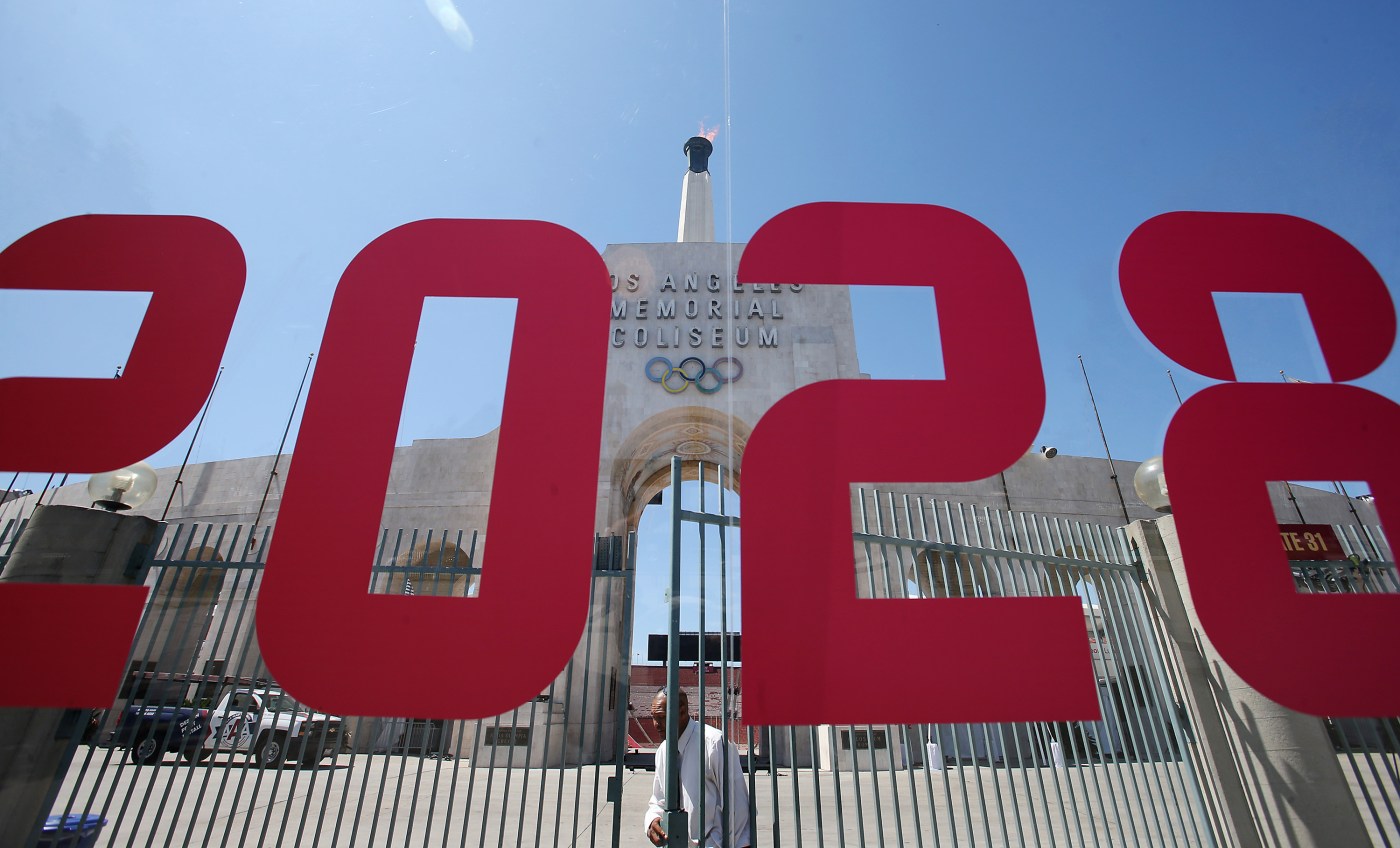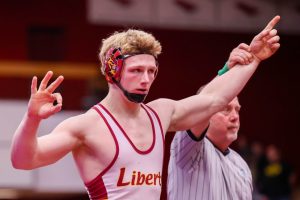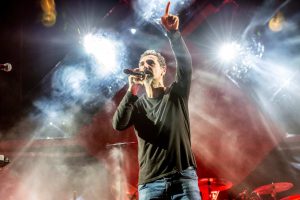LOS ANGELES — The steep financial cost of the 2028 Olympic Games is starting to come into closer focus in the run-up to the Paris Games, as Los Angeles planners are tabulating the billions of dollars that will be needed to prevent traffic jams and long waits for commuters.
Grand plans to build rail lines crisscrossing the region by the time the Games start have been dashed, and officials are trying to figure out how to pay more than $1 billion to run buses that will probably disappear after the Games.
After visiting Paris last month, Mayor Karen Bass said the magnitude of the task weighs on her as the region readies for the international event.
“It put fire under us to realize that we need to get far more involved in Olympic preparation and all that it might mean,” Bass, who is the chair of the Metro executive board, said during its meeting last month.
The 17-day Olympic Games were billed as one that would generate a billion dollars and produce legacy infrastructure projects such as rail lines, without burdening the region with the cost of new venues.
The price tag for the Paris Games is a reported $10 billion, which includes renovating venues. The city has leaned on its federal government, a strategy L.A. and local organizers plan to mimic.
But who will pay for visitors’ bus transportation during the so-called car-free Games has not been settled.
The private LA28 organizing committee has a $6.9-billion budget, which will largely pay for orchestrating the Games.
But it doesn’t include the 2,700 buses — double Metro’s current fleet — that the region is projected to need to move the millions of spectators expected to attend the Games.
The committee has said that, though it supports Metro’s effort to build transportation infrastructure that will help the Games run smoothly, it won’t pay for all of it.
Organizers are confident the federal government will pick up the tab for the additional buses. They cite previous Olympics on U.S. soil — Los Angeles in 1984, Atlanta in 1996, Salt Lake City in 2002 — as examples.
“The federal government has provided funding for the supplemental bus program used in previous Games in the United States,” said Sam Morrissey, LA28’s vice president of transportation, in an emailed statement. “And we will work with our partners to request federal government support for this in 2028 as well.”
LA28’s government relations staff has been discussing this and other cost issues with federal legislators since before the group was named as a host in 2017.
“The bus program is still in development and will be scaled based on the federal resources available,” Morrissey said.
Still, Metro is worried.
“We have a huge challenge when it comes to the supplemental bus system,” Seleta Reynolds, Metro’s chief innovation officer, told a Metro committee last month.
“There are no discretionary grants that the federal government offers that will cover operations at that scale,” said Reynolds, who coordinates Olympic efforts at the county Metropolitan Transportation Authority. “There are very, very few sources of money that could cover that kind of cost.”
The agency estimates it could cost close to $700 million to train, clothe and pay the slew of temporary mechanics and drivers needed to deliver passengers to games. And the cost could rise to $1 billion if the vehicles are leased.
During the Salt Lake City Winter Games, transit agencies across the country lent the local agencies their oldest buses. But when the Games were over, some didn’t want them back, and the city was stuck with getting rid of them.
It is a major sticking point. Unlike in past Games, private vehicles will not be allowed at many of the venue parking lots because of tight security and perimeters around the Games.
Officials have dubbed this a “car-free” Games largely because of this lack of parking, which they believe will force visitors to use public transit. Transit officials hope it will be a bright spot for the Metro system, which has struggled in the wake of the COVID-19 pandemic.
Under former Mayor Eric Garcetti, Los Angeles laid out ambitious transportation goals for the Games. The idea was to accelerate hallmark transportation projects already planned, such as a Sepulveda Pass line and the east San Fernando rail line, and leave a lasting legacy for the region.
But Garcetti’s “28 by ’28,” a plan for transportation projects he hoped would be completed before the Games, has crumbled. The price tag and timeline were out of reach for many of the projects. Metro hasn’t been able to line up even half of the $40 billion needed to pay for them.
“The plan was never realistic on many levels, and it’s taken what three or four years for it to fall apart completely,” said James Moore, who was the founding director of the USC Transportation Engineering Program. “Frankly, it crumbled at the touch. The financing assumptions were absurd. Many of the projects that were identified could not possibly be completed on time.”
One silver lining, he said, is that if funds are thrown at the supplemental bus system, it could improve an under-resourced bus network. “Maybe if we see a successful transit system, public sentiment and political will will shift enough that we’ll keep the buses,” he said.
Transit planners have swapped out 11 proposals for more modest efforts, such as improvements on the A and E lines, which Metro considers the rail backbone for the Games. The changes cut the plan’s overall costs by $20 billion. Still, Metro is about $300 million short.
“Creating something that really lasts and can benefit all of us for decades to come, that’s what, that’s what we’re interested in, that’s what Angelenos want to see,” said Eli Lipmen, executive director of Move LA, a transit advocacy group. “It’s not like these projects aren’t going to get done; they are going to get done — just not on accelerated timeline.”
The last time Los Angeles hosted the Olympics, he pointed out, there was no rail system to speak of. Since then, more than 100 miles of rail have been built, Metrolink was established, the bus network has grown, and now there’s a push to build a system for bicyclists and pedestrians.
Still, he said, the operational challenge to procure enough buses to run what is essentially a secondary system is daunting.
Last year, Metro unsuccessfully asked the Biden administration for an additional $319 million to cover costs related to the Games, including $45 million to plan and design the supplemental bus system and $14 million to design routes for athletes and other VIPs.
“It’s problematic,” Lipmen said. “It’s going to make it much more difficult to make it possible.”
So far, Metro has no contractual agreements with the organizing committee. But talks are underway as they begin to sort out issues such as advertising revenues at Metro stations that could help offset costs.
The city has already promised to provide “enhanced resources,” increasing police, fire, sanitation, traffic and parking control services during the competition. The details are expected to be worked out by next year.
____
Times staff writer David Wharton contributed to this report.
©2024 Los Angeles Times. Visit at latimes.com. Distributed by Tribune Content Agency, LLC.












